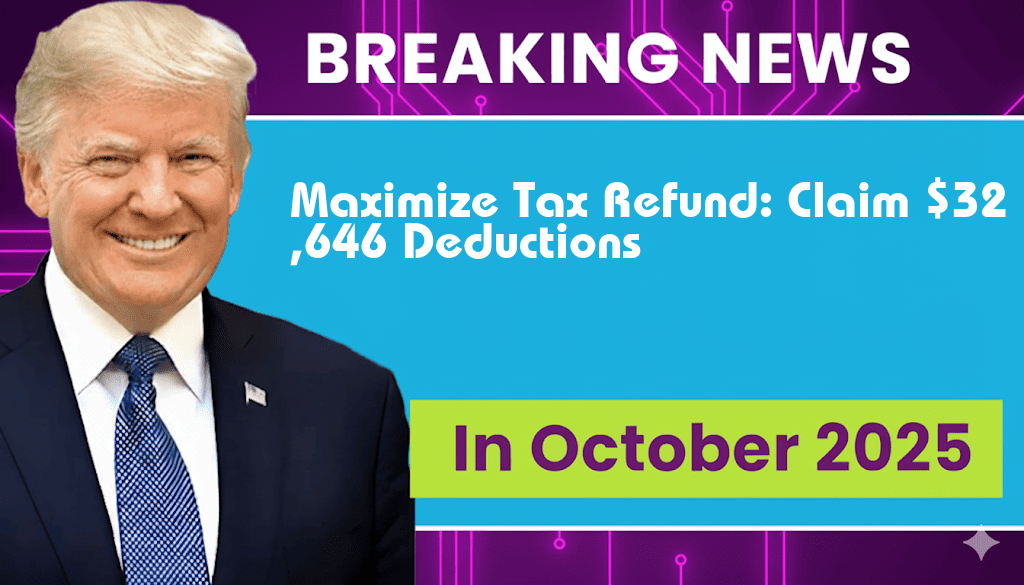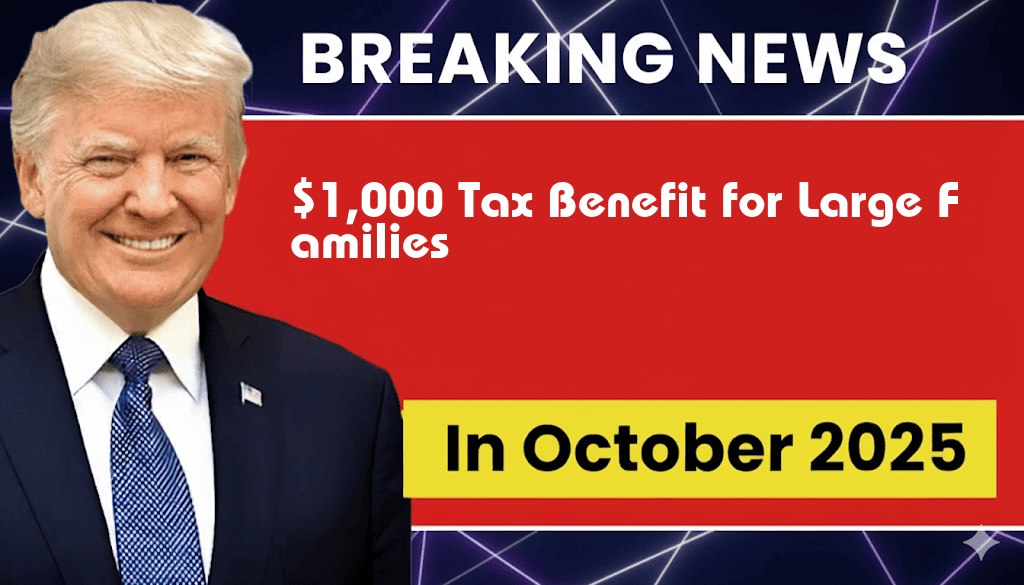

New Law Delivers Over $3,000 in Average Tax Cuts Across All 50 States
A new federal law aimed at stimulating the economy has been enacted, providing an average tax cut of more than $3,000 for individuals and families across all 50 states. This legislation, which was passed with bipartisan support, is expected to have a significant impact on disposable income, allowing Americans to invest more in their communities and personal lives. The comprehensive tax reform is designed to reduce the burden on taxpayers while also increasing the overall economic growth of the nation.
Key Features of the New Tax Law
- Increased Standard Deductions: The law raises the standard deduction significantly, allowing taxpayers to claim a larger amount before paying taxes.
- Expanded Tax Credits: Several tax credits have been expanded, particularly for families with children and those pursuing higher education.
- Corporate Tax Rate Changes: Adjustments in corporate tax rates aim to increase competitiveness while ensuring that the benefits are passed on to employees.
Impact on Taxpayers
The tax cuts are structured to benefit a wide range of taxpayers, from middle-class families to small business owners. According to estimates from the IRS, the average refund for taxpayers is projected to increase significantly this year, leading to more funds being available for spending and savings.
State-by-State Breakdown
The impact of the new law varies by state, with some areas benefiting more than others due to differing income levels and tax structures. Below is a summary of average tax cuts by state:
| State | Average Tax Cut ($) |
|---|---|
| California | 3,500 |
| Texas | 3,200 |
| New York | 3,400 |
| Florida | 3,100 |
| Illinois | 3,250 |
| Pennsylvania | 3,150 |
| Ohio | 3,000 |
Expert Opinions
Economic analysts have weighed in on the potential effects of this tax reform. Dr. Emily Thompson, an economist at the National Bureau of Economic Research, stated, “This law not only provides immediate relief to taxpayers but also encourages spending, which is crucial for economic recovery post-pandemic.”
Furthermore, local business owners are optimistic about the changes. John Harris, a small business owner in Texas, expressed his enthusiasm by saying, “This tax cut will allow me to reinvest in my business and create more jobs, which is a win-win for everyone.”
Public Response
The public’s reaction has been mixed, with many individuals expressing gratitude for the financial relief while others raise concerns about long-term fiscal sustainability. Social media platforms have seen a surge in discussions surrounding the law, with hashtags like #TaxCutRelief trending.
As taxpayers prepare for the upcoming filing season, the new law is likely to spark conversations about fiscal policy and its implications for future economic growth. With the potential for increased consumer spending, many are hopeful that this initiative will lead to broader economic benefits across various sectors.
Conclusion
The recent tax reform represents a significant shift in the federal tax landscape, promising an average cut of over $3,000 for taxpayers across the nation. As the effects of the law unfold, it remains to be seen how it will influence both individual financial decisions and the broader economy in the coming years.
Frequently Asked Questions
What is the new law regarding tax cuts?
The new law delivers an average of $3,000 in tax cuts across all 50 states, aimed at providing financial relief to taxpayers.
Who will benefit from these tax cuts?
The tax cuts are designed to benefit a wide range of taxpayers, including individuals, families, and businesses, across all 50 states.
When will the tax cuts take effect?
The tax cuts are expected to take effect in the upcoming fiscal year, allowing taxpayers to see the benefits in their next tax return.
How can I find out the specific impact of the tax cuts in my state?
Taxpayers can consult their local tax authority or visit official government websites to understand the specific impact of the tax cuts in their respective states.
Are there any limitations or qualifications for these tax cuts?
While the tax cuts are broad, there may be specific limitations or qualifications based on income levels and filing status, which can be clarified by a tax professional.





